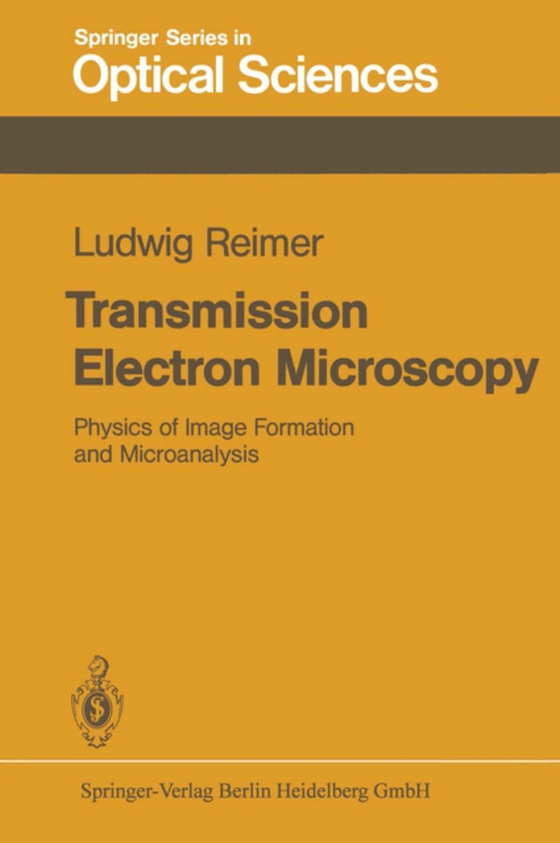
Transmission Electron Microscopy e-bog
692,63 DKK
(inkl. moms 865,79 DKK)
The aim of this book is to outline the physics of image formation, electron- specimen interactions and image interpretation in transmission electron mic- roscopy. The book evolved from lectures delivered at the University of Munster and is a revised version of the first part of my earlier book Elek- tronenmikroskopische Untersuchungs- und Priiparationsmethoden, omitting the part which describes...
E-bog
692,63 DKK
Forlag
Springer
Udgivet
11 november 2013
Genrer
Spectrum analysis, spectrochemistry, mass spectrometry
Sprog
English
Format
pdf
Beskyttelse
LCP
ISBN
9783662135532
The aim of this book is to outline the physics of image formation, electron- specimen interactions and image interpretation in transmission electron mic- roscopy. The book evolved from lectures delivered at the University of Munster and is a revised version of the first part of my earlier book Elek- tronenmikroskopische Untersuchungs- und Priiparationsmethoden, omitting the part which describes specimen-preparation methods. In the introductory chapter, the different types of electron microscope are compared, the various electron-specimen interactions and their applications are summarized and the most important aspects of high-resolution, analytical and high-voltage electron microscopy are discussed. The optics of electron lenses is discussed in Chapter 2 in order to bring out electron-lens properties that are important for an understanding of the function of an electron microscope. In Chapter 3, the wave optics of elec- trons and the phase shifts by electrostatic and magnetic fields are introduced; Fresnel electron diffraction is treated using Huygens' principle. The recogni- tion that the Fraunhofer-diffraction pattern is the Fourier transform of the wave amplitude behind a specimen is important because the influence of the imaging process on the contrast transfer of spatial frequencies can be described by introducing phase shifts and envelopes in the Fourier plane. In Chapter 4, the elements of an electron-optical column are described: the electron gun, the condenser and the imaging system. A thorough understanding of electron-specimen interactions is essential to explain image contrast.
 Dansk
Dansk

